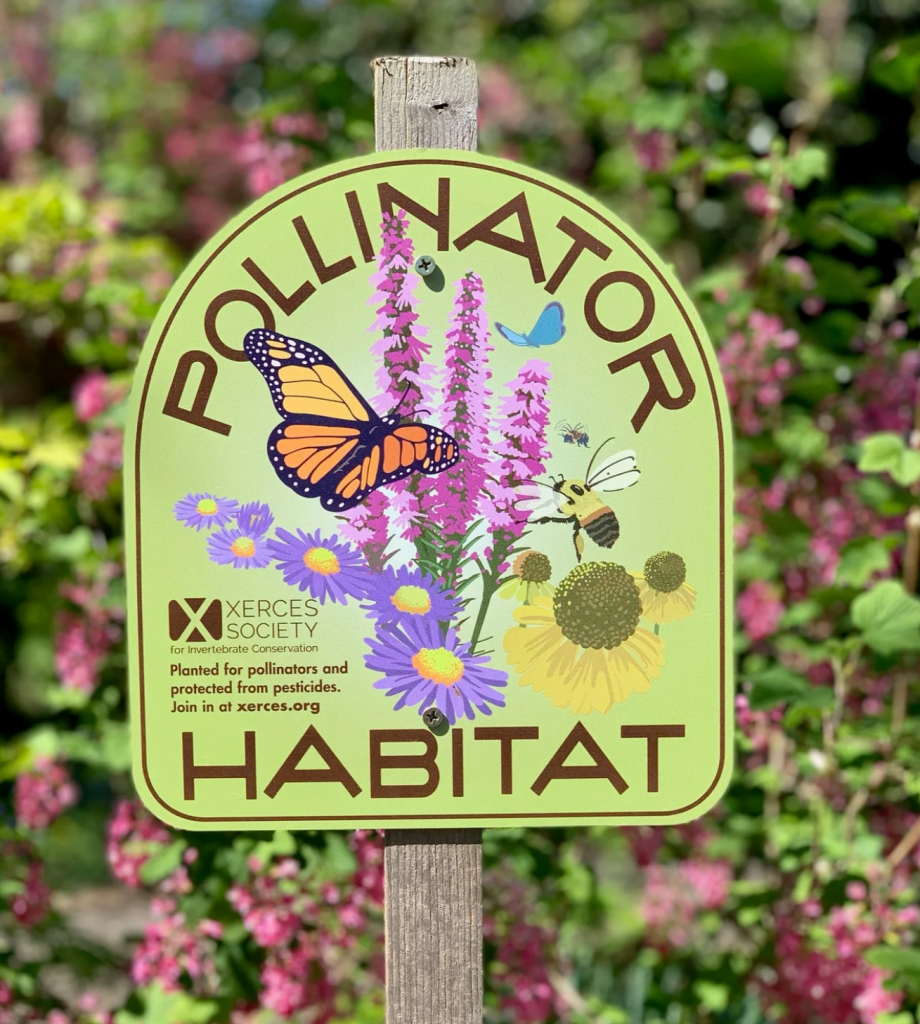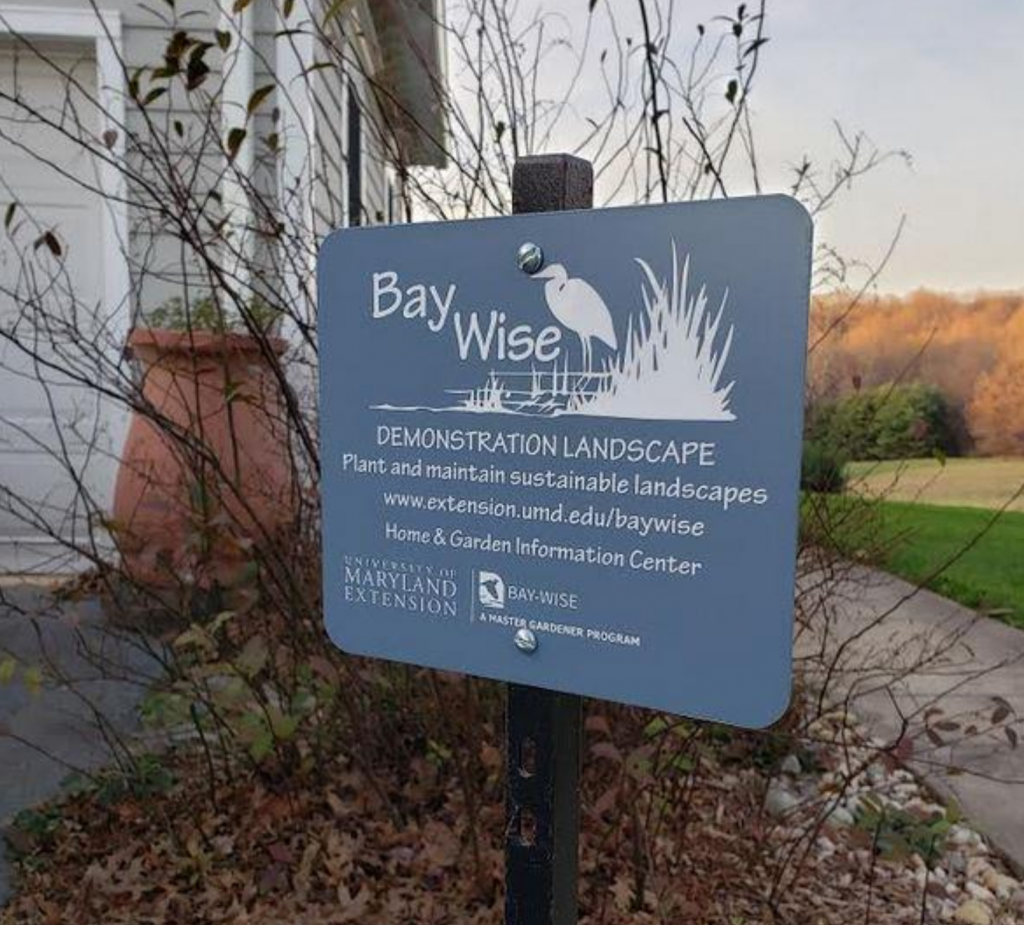Why Certify? An Overview of Garden Habitat Certifications
 Gardening with native species is rife with challenges. One of the hurdles we hear about so often is that many of our neighbors just don’t like what we’ve done with our yards and gardens when we replace non-native plants with their native cousins. In this article we’ll examine why that is and how garden certifications can help.
Gardening with native species is rife with challenges. One of the hurdles we hear about so often is that many of our neighbors just don’t like what we’ve done with our yards and gardens when we replace non-native plants with their native cousins. In this article we’ll examine why that is and how garden certifications can help.
Landscape design is, in and of itself, an entire field of study with a rich and varied history. Similar to how human body beauty ideals have changed, specific events and trends throughout human history have shaped both the purpose of gardening and preferences for garden appearance. Modern American garden aesthetics have evolved from an influx of diverse cultural influences over the last few hundred years, resulting in a shared (by many, but not all) preference for the typical American suburban garden look. Imagine it: a neat house with a tidy garden, plants grouped together and uniformly shaped, an array of tiered layers and colorful blooms, perhaps a picket fence, and a perfectly green lawn. This garden appearance is often seen as a symbol of status and wealth, and perhaps more deeply, as an indication of humankind’s power and control over the natural landscape.
That said, those of us that have strived for that appearance know all too well that gardening to that ideal is a struggle! Nature is wild (and wonderful) with unpredictable weather patterns, weeds popping up where they aren’t wanted, insect pests munching on our prized bushes, and deer or rabbits enjoying salad buffets in our food and flower gardens. Many HabiChat readers have joined me in changing the goal: our gardens aren’t just eye candy anymore. We now strive to work with nature and support her creatures in our backyard habitats. The question is – how do we accomplish our goals while convincing those who do not share them of the beauty and purpose in our gardens?
One of the most important steps along the road to successful gardening in a reluctant community is education. No, I don’t want you to go door to door telling your neighbors the good news of native plants (although if that inspires you, far be it from me to stop you!). Let’s imagine your neighbor’s perspective- suddenly their previously well-behaved neighbor has replaced a neat lawn, mulch, and topiary boxwoods with gangly plants that most certainly appear to be weeds. Your neighbor might walk his dog or child past your property, seeing it growing tall and filled with bees and butterflies. Perhaps even the deer have chosen to chill in your yard due to its excellent cover – one can see how he’d assume you are just a lazy gardener. If this tale sounds familiar, it’s time to certify your yard! A few groups have made the task of showing good intentions and passively educating our neighbors extremely easy through garden certification programs and free or cheap signs. Here’s a quick summary:
- Maryland BayWise Program: Run by The University of Maryland Extension, this is a homeowner education program conducted by Maryland Master Gardeners focusing on water quality. They maintain that we all need to do our part to take care of our waterways by changing a few simple landscape practices. Homeowners fill out a “Yardstick” application (for landscapes, food gardens or small space gardens) and contact their local Master Gardener group, who comes out to verify that best practices are being followed and awards you with a cheery sign – free of charge in many Maryland counties!
- Maryland Bird-Friendly Habitat: If backyard birds are your thing, Audubon has the program for you. For $30 and the time it takes to fill out the application, they’ll send you a sign or you can download the file and create one yourself, in both English and Spanish. They also offer expert bird advice for gardeners!
- National Aquarium’s Certifiably Wild and the National Wildlife Federation Garden for Wildlife programs: These two related programs provide extensive resources and ideas for creating wildlife habitat on your property, no matter the size. The cost to get certified is $20 and, if you qualify, provides you with an adorable sign with a Ranger racoon!
 North American Butterfly Association Butterfly Habitat Program: This certification is focused on butterflies, with the following requirements – at least three different native caterpillar food plants and at least three different native butterfly nectar sources must be grown, plus the use of pesticides is discouraged. Two different sign designs are available, one with a monarch and one with a swallowtail, each for $25 if your application is accepted.
North American Butterfly Association Butterfly Habitat Program: This certification is focused on butterflies, with the following requirements – at least three different native caterpillar food plants and at least three different native butterfly nectar sources must be grown, plus the use of pesticides is discouraged. Two different sign designs are available, one with a monarch and one with a swallowtail, each for $25 if your application is accepted.- Xerces Society for Invertebrate Conservation Pollinator Sign: This sign is the simplest to order, with no application required, but also the most expensive. At $60, this colorful sign (also available in Spanish) includes a membership to the invertebrate conservation society.
Is your garden already certified? Send us photos, including your signs! We’d love to show off what our HabiChat readers have done. For more information on the basics, visit https://dnr.maryland.gov/wildlife/pages/habitat/wildacres.aspx.
Hello, Habichatters! In this summer issue, you’ll find a native animal profile about one of my favorite avians, along with a discussion of native lawn alternatives and resources for planting low growers. As summer reading programs gear up, we’re offering some suggestions of our favorite books for young naturalists to add to your lists. And finally, don’t forget to bling out your native gardens with colorful certification signs to educate your neighbors. Congrats to all our student readers for another academic year completed, and have a great summer!
Sarah Witcher
Sarah.Witcher1@Maryland.gov
410-260-8566
Click here to have HabiChat—the quarterly backyard wildlife habitat newsletter from the Wild Acres program—delivered right to your inbox!
In this Issue
-
Native Animal Profile: Wood Thrush
-
Native Plant Profile: The Latest for Lawn Lovers
-
A Wild Summer Reading List for the Young and Young at Heart



 1-888-373-7888
1-888-373-7888 233733
233733